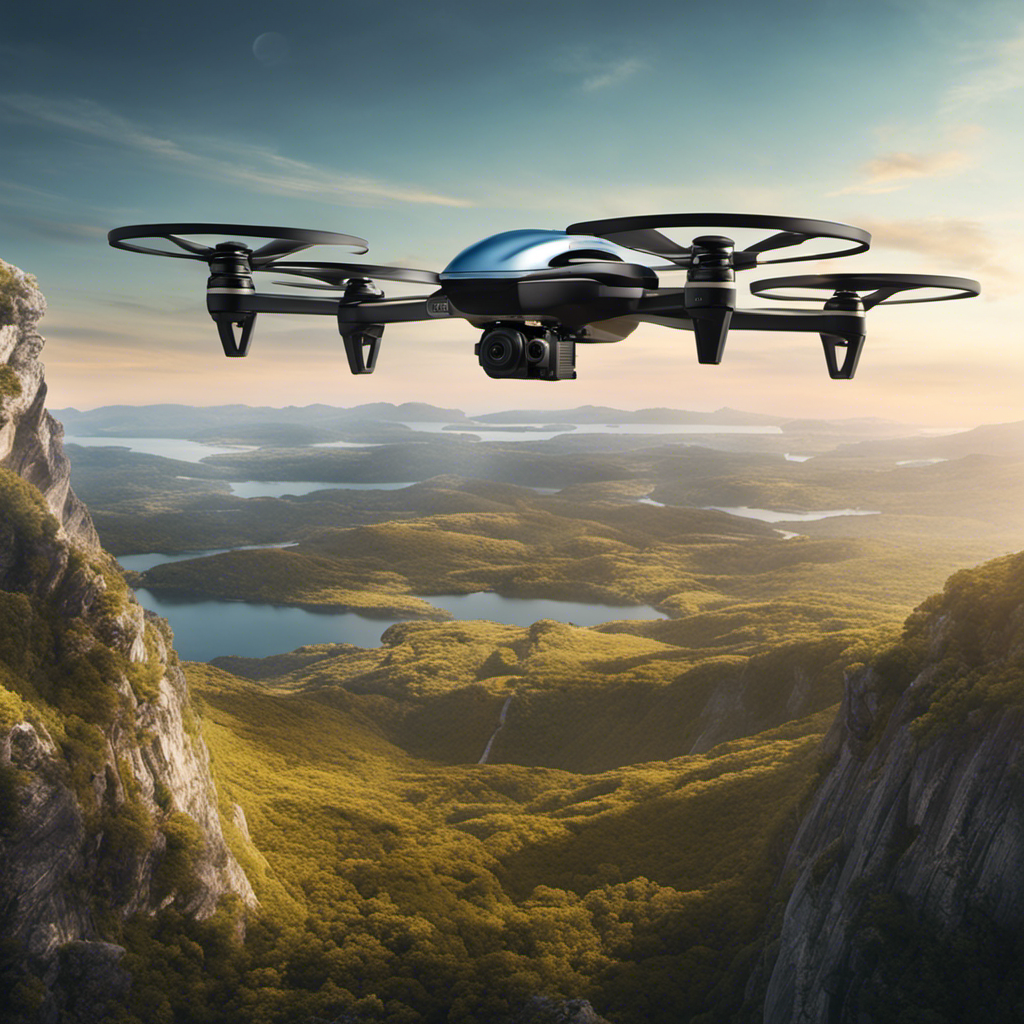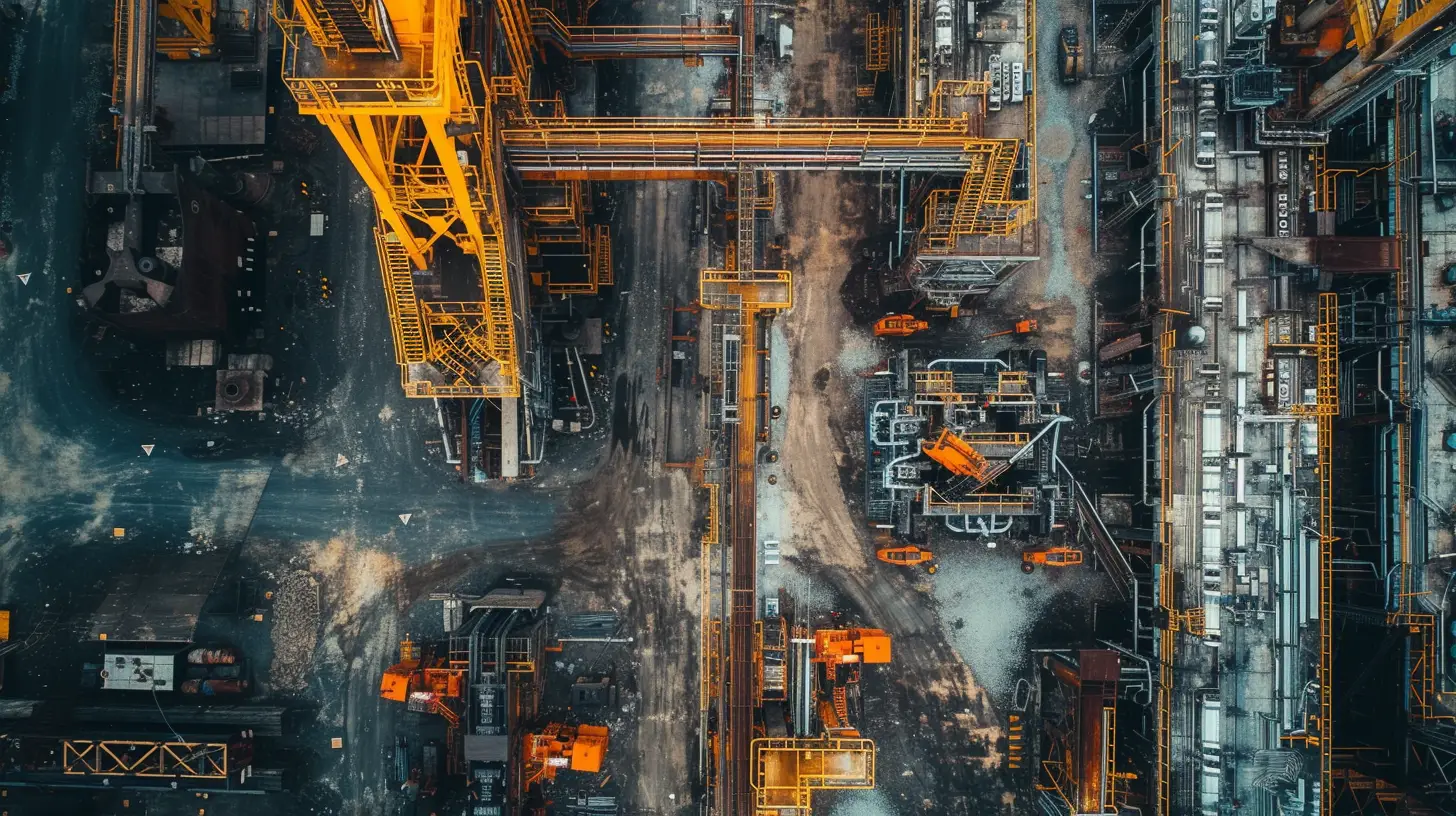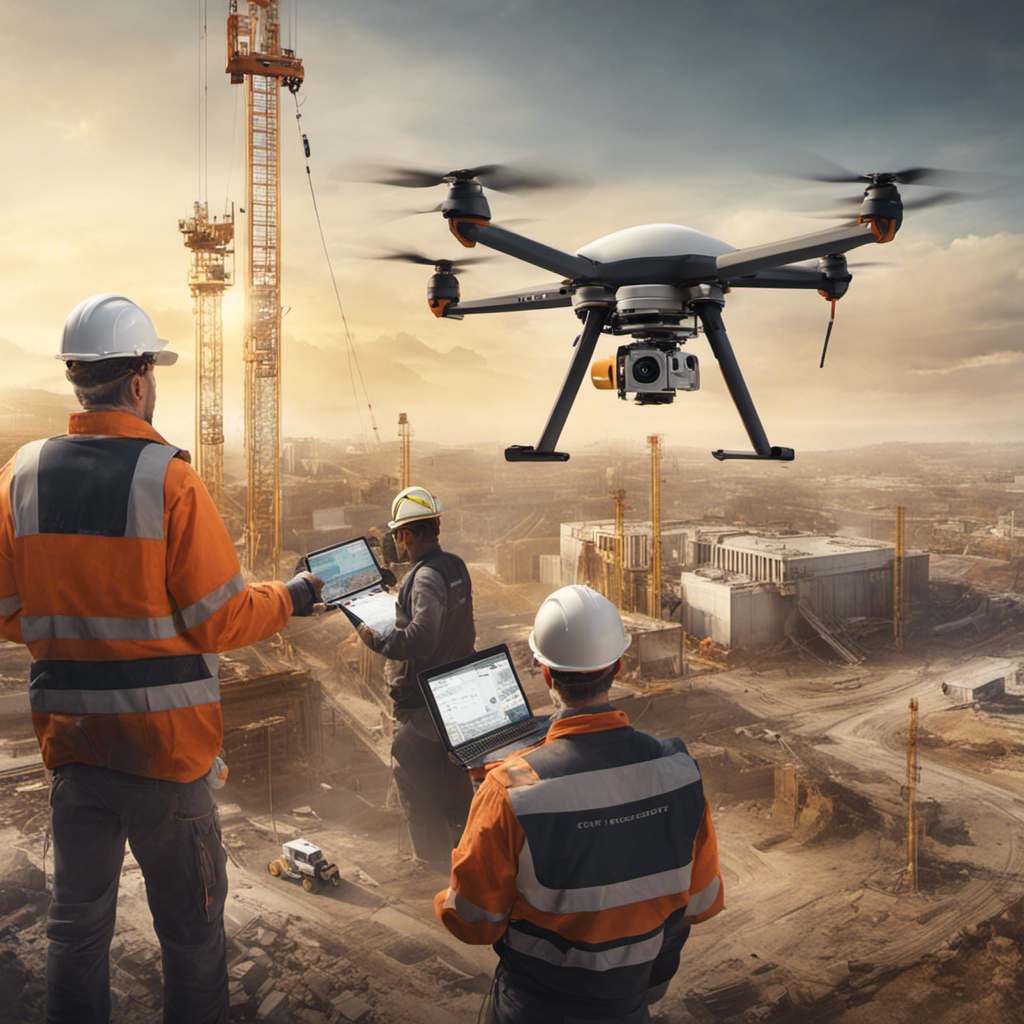Looking to take your drone photography to new heights? You’re in luck! We’ve got 5 tips that will skyrocket your skills and unleash your creativity. Coincidentally, these tips are just what you need to capture breathtaking shots from above.
So, buckle up and get ready to soar through the world of drone photography.
First, familiarize yourself with the camera settings and composition techniques to create visually stunning photos.
Then, utilize ND filters to control exposure in those bright moments of freedom.
Next, master the art of panoramic photography to capture wide-angle views that will leave you speechless.
And don’t forget to experiment with flight modes and shutter speed to capture dynamic action shots.
Lastly, enhance your photos in post-processing, revealing the true beauty of your shots.
Get ready to conquer the skies and capture incredible moments with your drone!
Key Takeaways
- Familiarize yourself with the different controls on your drone
- Use different angles and perspectives to add depth and interest to your compositions
- Shoot during the golden hour for soft, warm lighting
- Shoot in RAW format for more flexibility in post-processing
Mastering Drone Controls
To excel in drone photography, you need to familiarize yourself with and master the art of controlling your drone. The key to capturing stunning aerial shots and breathtaking aerial images lies in your ability to maneuver your drone with precision. Whether you’re using DJI drones or any other drone camera, understanding and mastering drone controls is essential.
Start by familiarizing yourself with the different controls on your drone. Learn how to adjust the throttle, pitch, roll, and yaw to maneuver your drone smoothly through the air. Practice different flight maneuvers to develop your skills and gain confidence in handling your drone.
In addition to basic controls, understanding camera settings is crucial for capturing high-quality drone shots. Experiment with exposure settings, such as longer exposures, to capture motion blur or create light trails. Adjusting white balance and ISO can help you achieve the desired color balance and reduce noise in your images.
Finding the Perfect Composition
- Use different angles and perspectives to add depth and interest to your drone photos. With drone photography, you have the freedom to capture unique perspectives that aren’t possible with traditional ground-level shooting. Experiment with various camera movements, such as tilting, panning, and orbiting, to create cinematic shots.
- Incorporate the rule of thirds to create a well-balanced composition and guide the viewer’s eye. Pay attention to the contrasts of color and textures in the foreground, middle ground, and background to add depth to your images.
- Consider using ND filters to adjust exposure and enhance the overall quality of your aerial shots.
- By exploring different angles and perspectives, you can create stunning compositions that showcase the beauty of the world from above.
Utilizing Natural Lighting
When it comes to drone photography, one essential aspect to consider is how to effectively utilize natural lighting.
The right lighting can make or break your aerial shots, so it’s important to understand how to make the most of it.
Shooting during the golden hour, which is early morning or late afternoon, can provide soft, warm light and long shadows, resulting in visually appealing images.
Avoiding harsh midday sunlight is also crucial to prevent overexposure and harsh shadows. Instead, opt for softer light that enhances the mood and atmosphere of your photos.
Experimenting with backlighting can create silhouettes and add drama to your drone photos.
Adjusting exposure compensation and metering modes using the drone’s camera settings is also essential for balanced lighting in different conditions.
Enhancing Image Quality Through Editing
You can enhance the quality of your drone photos through editing. Editing software allows you to make adjustments to colors, contrast, and sharpness, giving your aerial photos a professional look.
When working with drone photography, shooting in RAW format is recommended as it provides more flexibility for post-processing. RAW files contain all the data captured by the drone camera, allowing you to make precise edits without losing image quality.
To achieve stunning effects like high dynamic range or long exposure photography, you can experiment with different filters and effects during post-processing. Neutral density filters can also be used to control the amount of light entering the camera, enabling you to capture long exposures even in bright conditions.
Remember to edit your drone photos subtly, maintaining the integrity of the original image while enhancing its overall quality.
Ensuring Drone Safety and Legality
To ensure the safety and legality of your drone photography, it’s crucial to familiarize yourself with the laws and regulations in your country or region. Flying drones without proper knowledge of the rules can’t only jeopardize your own safety but also the safety of others.
Before taking off, make sure you have obtained any necessary certifications required for drone photography in your area, such as the Part 107 certificate from the FAA in the U.S. Additionally, prioritize developing your drone piloting skills to ensure safe and successful flights while capturing aerial images. Understanding your drone’s technology and features, such as GPS and flight modes, will help you fly with precision and avoid accidents.
It’s also important to stay updated on regulations and guidelines by joining a community of drone photographers. Lastly, be mindful of privacy policies and respect the privacy of others while flying your consumer drone, such as the DJI Mavic Pro.
Frequently Asked Questions
How Can I Get Better at Drone Photography?
To improve your drone photography skills, focus on camera settings, composition techniques, and lighting conditions. Experiment with post-processing and editing software. Enhance your drone flight skills, find unique perspectives, use filters, and capture action shots. Plan your shots for optimal results.
How Do I Become a Successful Drone Photographer?
To become a successful drone photographer, you need essential equipment, find unique locations, master camera settings, use composition techniques, capture dynamic movements, edit and post-process, handle different weather conditions, follow safety regulations, build a portfolio, and collaborate with other photographers.
How Do You Shoot a Drone in Photography?
To shoot a drone in photography, adjust camera settings for optimal results. Experiment with composition and heights to capture unique perspectives. Plan ahead and research shooting locations. Use filters and lighting techniques to enhance your photos. Master aerial photography by practicing and editing your shots. Capture motion and create stunning visuals.
How Do You Get the Best Drone Shots?
To get the best drone shots, focus on composition techniques, lighting considerations, and choosing the right location. Experiment with camera settings and post-processing. Capture motion, use creative angles, and plan ahead for unique aerial landscapes.




